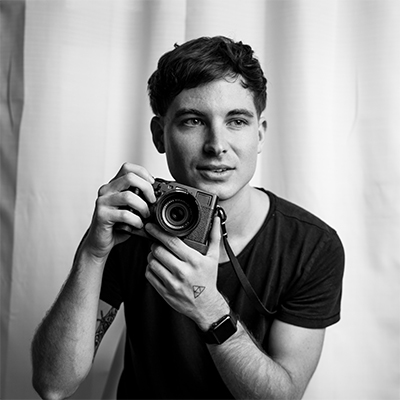Embracing the Fine Art of Coding
Every day I used to ask myself, “Does someone artistic like me have what it takes to become a software engineer?” These days, I wonder why I even had to ask!
Getting hooked
I started my professional life in lighting design, after graduating from Savannah College of Art and Design with a degree in architecture. Architectural lighting was fascinating to me because of its innovative nature and direct impact on human experience. In time, I became an award-winning designer. But despite my successes, the division I worked for closed, and I started to consider what my next career move would be.
Then I read an article about computer programing and changing careers. Curiosity got the best of me, and I decided to try some coding tutorials. That day, I became glued to my computer until the wee hours of the early morning—and the next day, and the day after. I was hooked. It felt so good to be challenged, to be learning and tackling something difficult.
Building skills
And I’m not kidding about it being difficult. As I continued to code, I inevitably ran into problems that felt a lot like this experience.
I needed help. Soliciting feedback from experienced developers seemed like the most efficient way to learn, so I started attending Rails Girls meetups hosted by Big Nerd Ranch. There, I met several women who shared encouraging words that helped me to embrace a growth mindset. As I worked through my first Project Euler problem and doubted my ability to solve it, Pamela Overman Vickers told me, “It’s good to struggle. It means you’re learning. If you’re not struggling, you’re probably not being challenged.”
After logging 600+ hours of practice (yes, I kept track), I flew to San Francisco to attend Dev Bootcamp, a vocational school in web development. When I returned to Atlanta, I created a list of companies I wanted to work for, with Big Nerd Ranch at the top of the list.
Even after attending Dev Bootcamp and Rails Girls, I still wasn’t sure I was ready to apply. After all, I had only been programming for eight months. But I knew that I wanted to become a developer, and I knew that Big Nerd Ranch had an amazing internship program, so I submitted my application. After a lot of hard work, and with a little luck, I was hired.
There is no divide
As it turns out, architecture and computer programming share a lot of similarities. I am responsible for building something that end users will value today, and for maintaining it in the future. Technique and practice lead to understanding of more complex patterns. Form follows function. Software and architecture share similar challenges, and naturally, I gravitate toward understanding the building blocks of both.
A few months ago, Time magazine published “There Is No Left Brain/Right Brain Divide,” an article about recent studies on hemispheric dominance and the pseudoscientific industry. Looking back, perhaps my biggest struggle in making a career transition into computer programming wasn’t learning, but overcoming a preconceived notion that someone with an artistic background couldn’t belong.
For me, fulfillment lies with the problems that we encounter, and the ways in which we meet them. What I value most in a career is having the opportunity to learn, build and share alongside kindhearted genuine people, and I am truly grateful to be at Big Nerd Ranch, studying the fine art of software engineering from the very best.


